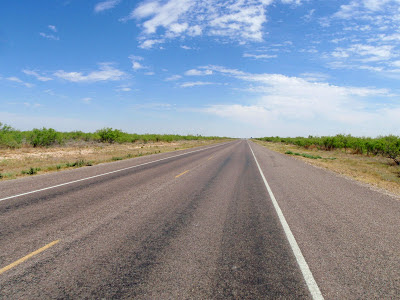Palermo, Sicily
In the background is an example of the rugged hill side that characterizes Sicily. Sicily is the "football" that the toe of the Italy boot kicks. However, the Sicilians are not easy to kick around as depicted in The Godfather.
The guide for the day. At Palermo, we decided just to go on a short walking tour. As such, all we needed was a city map--and a person able to read the map.
Palermo has a reputation of being a base for the Mafia. In the past, gang violence was prominent, and murders were committed in daylight on the streets. But today, Palermo welcomed visitors with outstretched arms.
Christine guided me past a lot of old buildings, but we had since discarded the map, so I can't say what the buildings were. Other than old buildings, that is.
My point.
At first, I thought I was taking a picture of an old church. It probably was, but interestingly, the sign stated that it was a military zone and access was restricted.
A more pleasant scene.
Another church but not fenced in.
Graffiti. I can't say that graffiti originated in Italy, but I can say that the word graffiti is from the Italian word graffito ("scratched"). Graffiti is applied in art history to works of art produced by scratching a design into a surface. Today, it is "art" produced by spray paint and colored markers.
Walking along a street, we spotted a building that looked interesting on the next street so we headed that direction.
This house was along the alley--or street--going to the building. It was the only air conditioner that I saw on any house on the routes that we took. It was running full force as it was really hot that day.
The mysterious building turned out to be their post office.
Another building that I just liked.
Our destination for our self guided tour--San Domenico Church. Constructed between 1458 and 1480, the Baroque facade is gold and white, with twelve columns and statues set in niches.
On the plaza in the front of the church is a towering column with a cloaked figure atop it. It would be even more impressive, but it is now in the middle of a large parking lot (cars cropped out for your viewing pleasure).
We made a brief tour of the inside of the church. Besides being huge and pretty, it was a lot cooler inside the building.
As our self guided tour was ending, I took one more shot of the church as it was really impressive.
But we had to hurry back to the ship for
The last formal night (the 6th of the cruise). While we were enjoying the formal night, the ship silently headed toward Naples.
Incidentally, we had a guided tour lined up for Naples, so I will be able to explain more about what our guide told us than today's guide told us.
Graffiti. I can't say that graffiti originated in Italy, but I can say that the word graffiti is from the Italian word graffito ("scratched"). Graffiti is applied in art history to works of art produced by scratching a design into a surface. Today, it is "art" produced by spray paint and colored markers.
Walking along a street, we spotted a building that looked interesting on the next street so we headed that direction.
This house was along the alley--or street--going to the building. It was the only air conditioner that I saw on any house on the routes that we took. It was running full force as it was really hot that day.
The mysterious building turned out to be their post office.
Another building that I just liked.
Our destination for our self guided tour--San Domenico Church. Constructed between 1458 and 1480, the Baroque facade is gold and white, with twelve columns and statues set in niches.
On the plaza in the front of the church is a towering column with a cloaked figure atop it. It would be even more impressive, but it is now in the middle of a large parking lot (cars cropped out for your viewing pleasure).
We made a brief tour of the inside of the church. Besides being huge and pretty, it was a lot cooler inside the building.
As our self guided tour was ending, I took one more shot of the church as it was really impressive.
But we had to hurry back to the ship for
The last formal night (the 6th of the cruise). While we were enjoying the formal night, the ship silently headed toward Naples.
Incidentally, we had a guided tour lined up for Naples, so I will be able to explain more about what our guide told us than today's guide told us.




















.jpg)



















































